Love and Compassion in a Time of Healing Injustice
Love and Compassion in a Time of Healing Injustice
The impact of Te Hui aa Motu at Ngaruāwahia on Saturday continues to reverberate across Aotearoa, even for those of us who weren't able to be there in person. The livestream put on by the Kiingitanga and Tūrangawaewae Marae (thank you to the comms team), posts on my social media feed and conversations with whānau who attended paint a powerful picture: a gathering blending historical grounding, righteous anger, and a rallying cry for unity against ongoing colonial injustice.
Setting the scene at the beginning of the hui, I watched Archbishop Donald Tamihere offer aroha (love) as a powerful counterpoint for divisive rhetoric and historical injustices. I was glad to hear this as I’ve been incorporating concepts of aroha into my work in anti-racism and workplace allyships. Tamihere called for rejecting hatred and embracing compassion as a guide for navigating inter-cultural relationships. This focus on aroha emphasises healing and understanding, laying the groundwork for a more equitable future.
He also challenged the dominance of Pākehā narratives in shaping Aotearoa New Zealand's story. The Archbishop reminded us that Jesus never spoke English, nor did he set foot in a church.
“Jesus was raised in the matauranga of his tīpuna and his ancestor prophets, and there found a new wānanga.”
Similarly, Māori perspectives hold a wealth of indigenous knowledge that must be centred in discussions of national identity.
Next, lawyer Dayle Takitimu delivered a fiery speech with a raw and unapologetic call for Māori liberation. She wasted no time dismantling the "secession myth" that Māori ceded sovereignty at Waitangi, saying the Crown's manipulation of historical narratives and legal frameworks aims to maintain its dominant position.
Declaring Te Tiriti as New Zealand’s rightful constitution, Takitimu highlighted its clear guarantees of Māori rights and self-determination and called out the Crown's attempts to obfuscate the Treaty's terms by its "treaty illiterate".
As forceful messengers for our times, both Archbishop Tamihere and Takitimu urged people to break free from mental and physical subjugation, reclaim ancestral rights, and rebuild their mana motuhake.
Noticeable throughout the footage and photos I saw were Pacific allies such as former Minister of Pacific Peoples, Aupito William Sio, a guest panellist on one of the sessions.
Through the lens of a Samoan proverb, "O ē, e lavea'i ia te a'u i taimi o lo'u puapuagatia, o lo'u tino, toto, ivi ma a'ano," meaning "They who come to my aid in my time of struggle, are my body, blood, bones and my flesh," Aupito says the inherent kinship between Pacific and Māori peoples was affirmed.
“Like two rivers flowing towards the vast blue Pacific, our histories intertwine, our struggles resonate, and our victories echo in shared waves,” reflected Aupito on social media.
Pasifika communities were declared to be “gafa ma lou ala i Malo”, the rocks and protectors, the boulders that shield Māori from the winds. For the sake of future generations who carry Māori whakapapa, Aupito says Pasifika voices promise to stand firmly beside them, amplifying their voices and echoing their aspirations.
Māori perspectives play a vital role in promoting a modern, multi-ethnic, liberal democratic New Zealand. It's not about creating a separate system or prioritising one group over another. It's about recognising the inherent value of Indigenous knowledge and ensuring that everyone has the opportunity to contribute to and benefit from a more inclusive and equitable society.
1. Reframing the Narrative: By centring Māori knowledge, history, and values in national discourse, a more inclusive and accurate understanding of New Zealand's identity can be forged. This includes recognising the Treaty of Waitangi as a founding document, acknowledging past injustices, and incorporating te reo Māori and tikanga Māori into everyday life.
2. Collaborative Governance: Māori perspectives on shared decision-making and co-governance can contribute to a more equitable and participatory democracy. This could involve models like iwi-Crown partnerships, joint resource management agreements, and recognising Māori representation in all levels of government.
3. Inclusive Values: Māori concepts like whanaungatanga (kinship), manaakitanga (hospitality), kaitiakitanga (guardianship), and rangatiratanga (chieftainship) offer valuable frameworks for building a society based on mutual respect, collaboration, and environmental stewardship. These values can inform policies and practices that benefit all New Zealanders.
4. Cultural Understanding: Promoting intercultural understanding through education, language learning, and cultural exchange programs can break down barriers and foster deeper connections between Māori and other communities. This can lead to greater empathy, shared values, and a stronger sense of national unity.
5. Economic Empowerment: Addressing historic economic disparities through initiatives like Treaty settlements, iwi businesses, and equitable resource allocation can empower Māori communities and contribute to a more just and prosperous New Zealand for all.
6. Environmental Sustainability: Māori philosophies of kaitiakitanga emphasise long-term environmental sustainability and intergenerational responsibility. These principles can guide sustainable resource management practices, climate change mitigation, and protecting Aotearoa's unique biodiversity.
Te Hui aa Motu is not an end, but a spark igniting a nationwide conversation. This dialogue will continue to weave its way across Aotearoa, capturing the collective yearning for unity and justice. Kia kaha, kia maia, kia kotahi te waka e!
The Culture and Design Lab empowers workplace leaders to create social cohesion at work. We use indigenous knowledge, design, and strategy to foster inclusion and belonging in the workplace.
